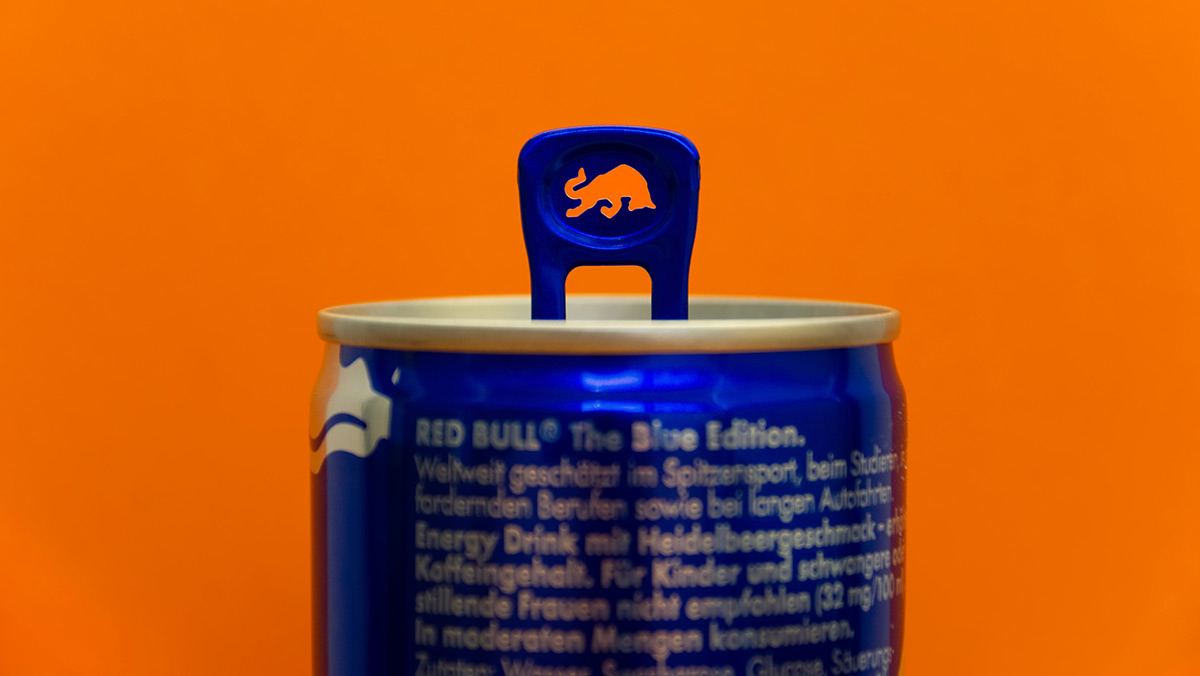
Last Sunday was @World Clean Up Day and like numerous volunteers from all across the world, some 16,000 Dutch volunteers collected tons of trash from the surroundings, with the main culprit being: the empty Red Bull can! According to the Dutch News outlet NOS, the Red Bull can was the main trash item collected. We can explain this outcome with fresh 2019 Glocalities data on the Dutch (and global) Red Bull consumer — who, among others, stands out due to its non-eco-conscious profile. Of course, not all Red Bull consumers litter their surroundings, but on average they are more likely to do so and this is related to their motivational values. The figure below shows the top and bottom scoring social-cultural trends of the Dutch Red Bull drinker, compared to the rest of the Dutch population.

Source: 2019 Glocalities Data, Social Cultural Trends of Dutch Red Bull Consumers (n=140). The trends under the “Top Index” are the social-cultural trends on which the Dutch Red Bull drinker scores relatively high on. The “Bottom Index” high and low scoring social-cultural trends among Dutch Red Bull drinkers.
The figure above shows that the Dutch Red Bull consumer generally is risk-seeking, looks for adventurous hobbies, is focused on improving his (65% male) social status, and has a strong sense of achievement. It also shows that the Dutch Red Bull drinkers score exceptionally low on eco-consciousness, but also low on etiquette. The Dutch Red Bull consumers are also mostly Millennials, with a majority being younger than 35. The profile of the global Red Bull consumer is similar to the Dutch profile with eco-consciousness also scoring relatively low.
The profile of the Red Bull consumers shows that campaigners and marketers should realize that not all youngsters are eco-conscious and that you cannot stereotype or make policy or purpose-driven marketing campaigns without knowing your target audience thoroughly. Our widely cited trend report: Global Rise in Environmental Concern cites a strong rise in environmental concern amongst the majority of the world population and especially the young generation, but clearly there are audiences that are much less eco-conscious and show different attitudes and behavior — this across the age spectrum.
As with the Gillette Toxic Masculinity campaign, just jumping on the global trend and purpose marketing bandwagon without understanding the motivational values of your target audience properly can lead to bad creative execution and strong negative consumer reaction.
As such, the undoubtedly talented marketers of Red Bull (sales increased with another 8% in 2018 to 6.8 billion cans), have a challenging job to do: to their expertise to help combat the excesses of their success by nudging their consumers to take more care of their environment and clean the Red Bull cans up by themselves instead of needing World Clean Up Day volunteers and others to make this happen.
By looking closely at what motivates the Red Bull consumers, Red Bull can build campaigns that resonate with its drinkers to nudge them to clean up. For instance, it can link extreme sports campaigns, that rely heavily on nature, to garbage: It’s no fun to ski, board, skate, bike, and dive into trash. Another potential initiative is to build upon their strong focus on money. Having a deposit on cans would surely help, as Red Bull consumers are clearly not into throwing away money. It could also develop campaigns that link personal social status to picking up your own garbage — linking status to a sense of duty for the (extreme) environment. However, the execution of such a campaign will be a fine line between inspiring and nudging, and being boringly patronizing.
It is time that the ‘daring mother’ Red Bull takes responsibility, becomes a role model, and shows its kids how to become adults — while keeping its rebellious aura.
Written in collaboration with my colleague, research consultant Maria Muravina.
Image source: Alexander Sinn